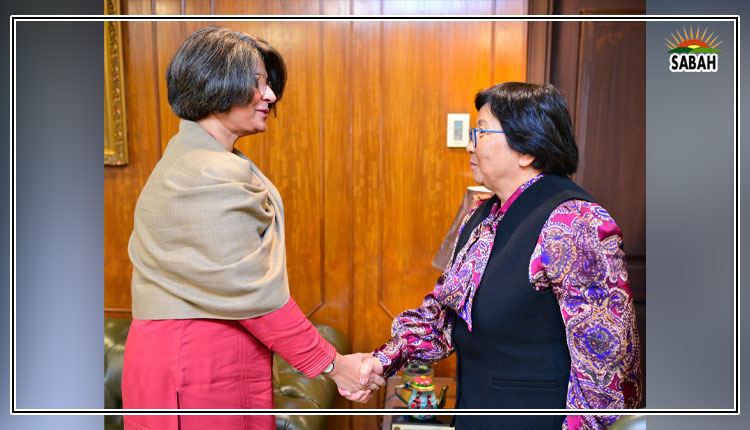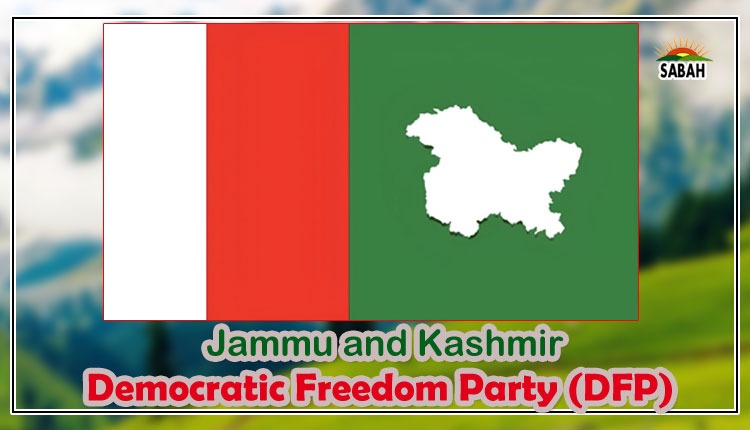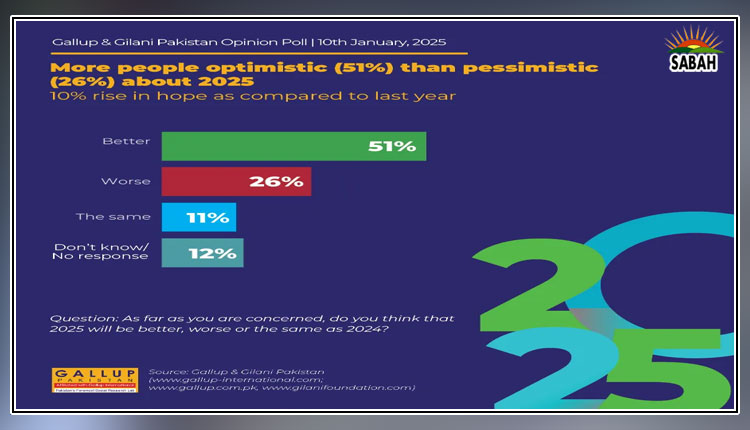When education meets land grab…Dr Ayesha Razzaque
Imagine this: A bully enters a mans dwelling and forces him to sign over ownership of a large piece of his land at gunpoint. To lend this theft the thinnest air of legitimacy, the bully throws the landowner a bone and puts a sale price on the papers that is far less than its true worth. The bully then proceeds to divide up the land among his associates. But the original landowner does not relent, and takes the matter to court.
The court does not reverse the sale but rules that the thug must pay the owner a higher price. But the bully is penniless and cannot pay the higher price. Time keeps passing and the disputed land keeps getting more valuable with rising market prices and inflation. Almost 20 years go by and, after multiple bouts in the courts, the price the bully owes (still well below market value) has risen even further.
The bully comes up with a plan he convinces his associates to sell a small parcel of the land they seized by force at market rate and use the proceeds to pay the owner at the rate the court has mandated, which is still a well-below-market rate and a bargain for anyone with deep enough pockets. To add insult to injury (and long delay), the bully will offer the original owners to buy back a small piece of their land at market price, just large enough to cover all dues, as determined by the courts.
Set aside for a few minutes what is legal and what is not and answer me this: Does this sound fair to you? If your moral compass is not broken, it is absurd to seize someones assets and then, two decades later, be offered a small piece of that asset back as compensation for the whole. And yet, this is what is happening in district Mardan to owners of land on which now stand a number of public universities.
In 2008, the KP government invoked eminent domain to seize land in district Mardan in the name of the larger public good, enabled by the Land Acquisition Act (LAA) of 1894. The stated purpose was the establishment of the Bacha Khan Greater Educational Complex in Mardan with a number of public universities Abdul Wali Khan University Mardan, Agriculture University Mardan, Bacha Khan Medical College, and an engineering university. Even by the standards of that time, the Rs2,800 per marla compensation that landowners were offered was laughable. If land in any habitable part of this country was as cheap as that, almost everyone could have afforded to own a house.
After multiple appeals in the district courts and the Peshawar High Court, the rate of compensation was revised to Rs20,000; Rs45,000; Rs75,000; and most recently reached Rs125,000 per marla. These revisions by various courts were justified because even the rate at which the seized land was assessed was flawed and did not take into account all relevant factors listed in the LAA of 1894, suggesting malintent.
In addition, given that the land had been acquired years earlier in 2008 (award made in 2010), the judgment specified a 6.0 per cent (per annum) interest rate for the years of delay in payment. Some universities appealed the high courts ruling in the Supreme Court of Pakistan. In 2022, the SC ruled on the matter and upheld the high courts judgment. It is pertinent to note here that according to the SCP judgment, the word interest, according to the LAA of 1984, is not interest stricto sensu, but is compensation for financial loss landowners have continued to suffer since the award was made.
As of today, universities and their associated departments (Education, Agriculture, Industries, etc.) are collectively on the hook for an estimated Rs30 billion. For perspective, that is roughly half the annual federal budget allocated to higher education nationwide (which has been frozen in place for the last eight years). As anyone who keeps even one eye on higher education news knows, many major public universities in KP have been unable to meet their salary and pension obligations for years and are practically bankrupt. There are no Rs30 billion to be had to settle this matter not in Islamabad and certainly not in KP.
Being bankrupt, the KP government came up with a brilliant plan to sell off a part of the seized land at market rate, but just enough to pay back the owners. This is where the humiliating part begins. Such a sale would have to follow the Khyber Pakhtunkhwa Land Acquisition Rules of 2020. Paragraph 34(3) of those rules specifies that if land so acquired is no longer required, … the provincial government may give the option to the previous owners or their legal heirs to purchase the land on payment of its present market value. If the previous owner declines, it will be sold at an open auction.
Put simply, the government plans to make universities hand back small parts of their land, or the proceeds from their sale on the open market, to the original owners and call it even and rid themselves of the financial liability the courts judgment has imposed on them.
According to some people familiar with the matter, even a conservative present-day market estimate of this land approaches 20-25 lacs per marla. Furthermore, let us not forget that when the government sells land, that typically attracts vultures.
The credit for architecting this mess goes to all KP governments from 2008 (the ANP), when it all began, to the present (the PTI), but you would not know it if you looked at it in the (social) media discourse of today. ANP members are laying the blame for the decision to sell part of the land at the feet of the PTI, while conveniently glossing over the fact that they created this mess in the first place, by never closing the purchase of land in the first place. Similarly, one might question why the PTI government is so determined to have universities sell their land, despite being aware that such actions will provoke public backlash. Who stands to benefit from this sale that the government is willing to risk its reputation, something most governments would avoid under normal circumstances?
Consider how poorly the actions of political parties (while in power) square with their rhetoric about access to quality education for the public good.
Schools and universities are still closed for summer, but once summer vacations end, you can bet your bottom rupee that the political parties in the opposition will mobilize student groups to agitate against the planned sale of land. Once again, youth will be deployed to meet political ends. Never let a crisis go to waste.
The universities got their land, the politicians got their applause for opening yet more universities, and the vultures are probably already circling and salivating at the prospects of a sale of a big chunk of land by the KP government and universities, ready to swoop in. The blue-ribbon losers in this tale are the original owners who saw their assets taken away, have still not been meaningfully compensated, and are offered a fraction of the land they owned in return.
It was a long road that got universities to this point. The federal and KP governments have not adequately funded public universities for years while simultaneously rules prevent universities the latitude to adopt initiatives (that are well short of selling off their land) to grow their endowment funds and generate income to meet expenses. However, when the provincial government is ultimately on the hook, it becomes acceptable to sell off university assets. This is the dysfunctional context in which universities operate and, against this backdrop, all political parties claim to provide expanded access to higher education.
This convoluted mess is neither the universities creation nor the original landowners. The credit for hurriedly seizing land and not even paying the pittance that is the compensation and rushing to build universities on those lands without first ensuring they own the land fair-and-square goes to successive KP governments. This might still be excused if it all had been for something, an achievement in the interest of the public good. Instead, public universities up and down the country have been abandoned financially and with rules tying one hand behind their back if they try to raise tuition fees to meet costs or use their resources for some commercial activity.
Something had to give, and it now looks like everyone has chosen the most unsustainable and set the most unimaginative precedent to help public universities out of their financial holes.
Courtesy The News












